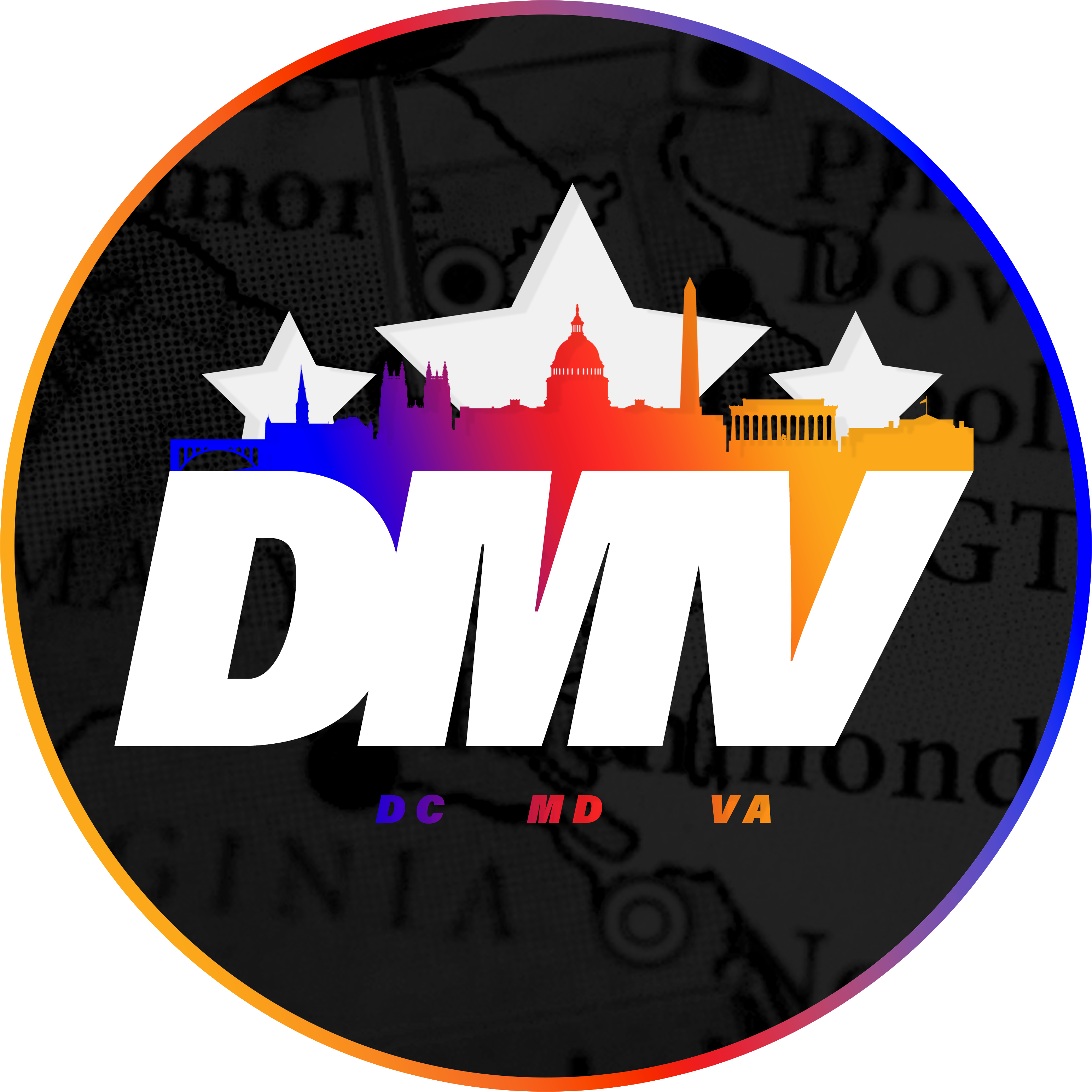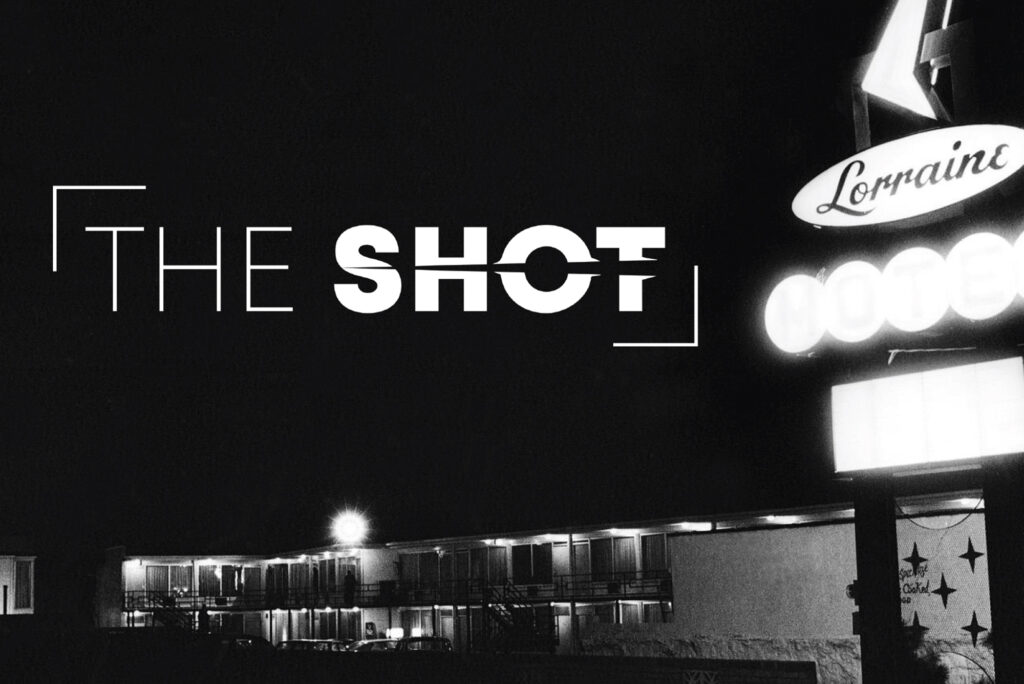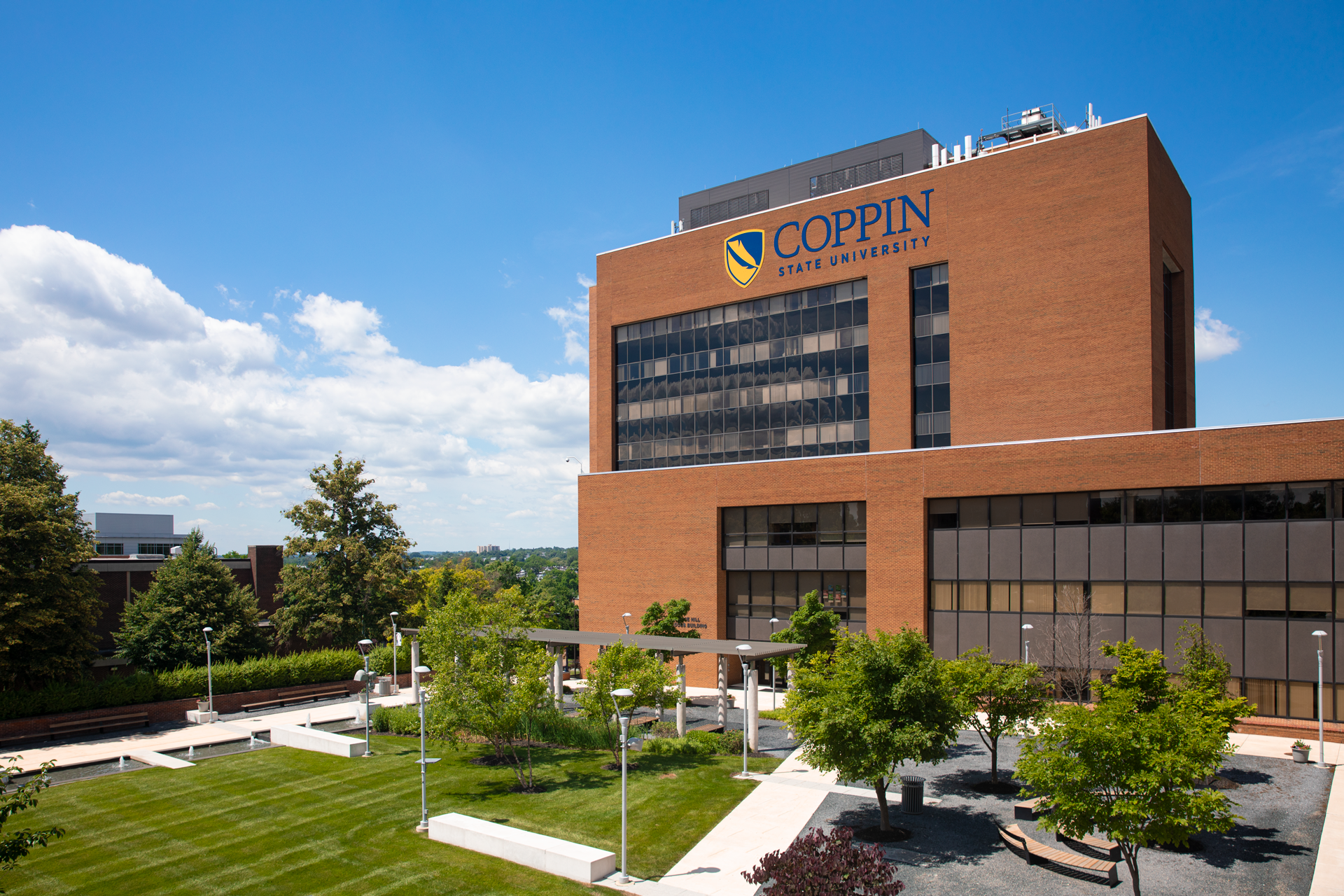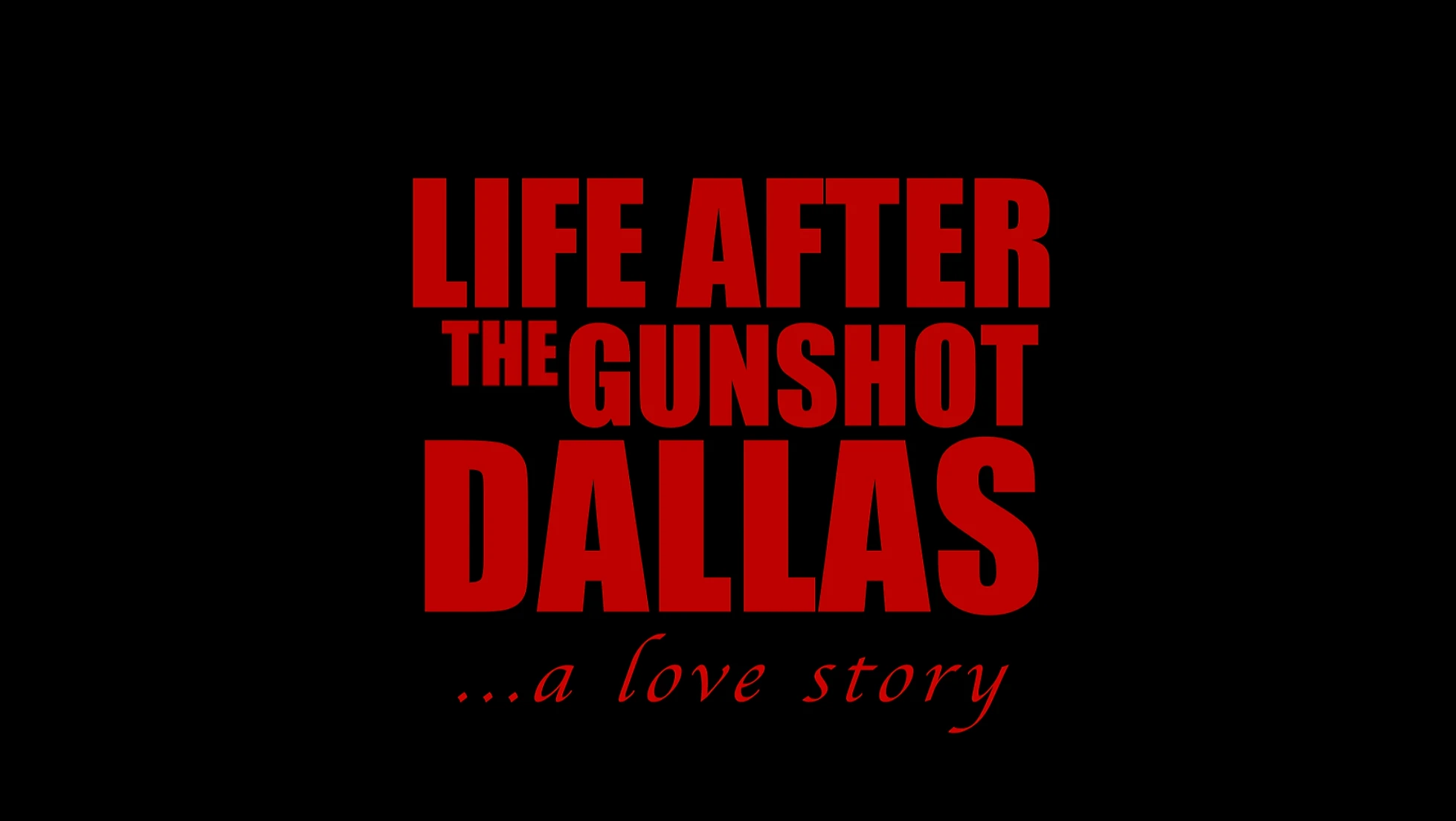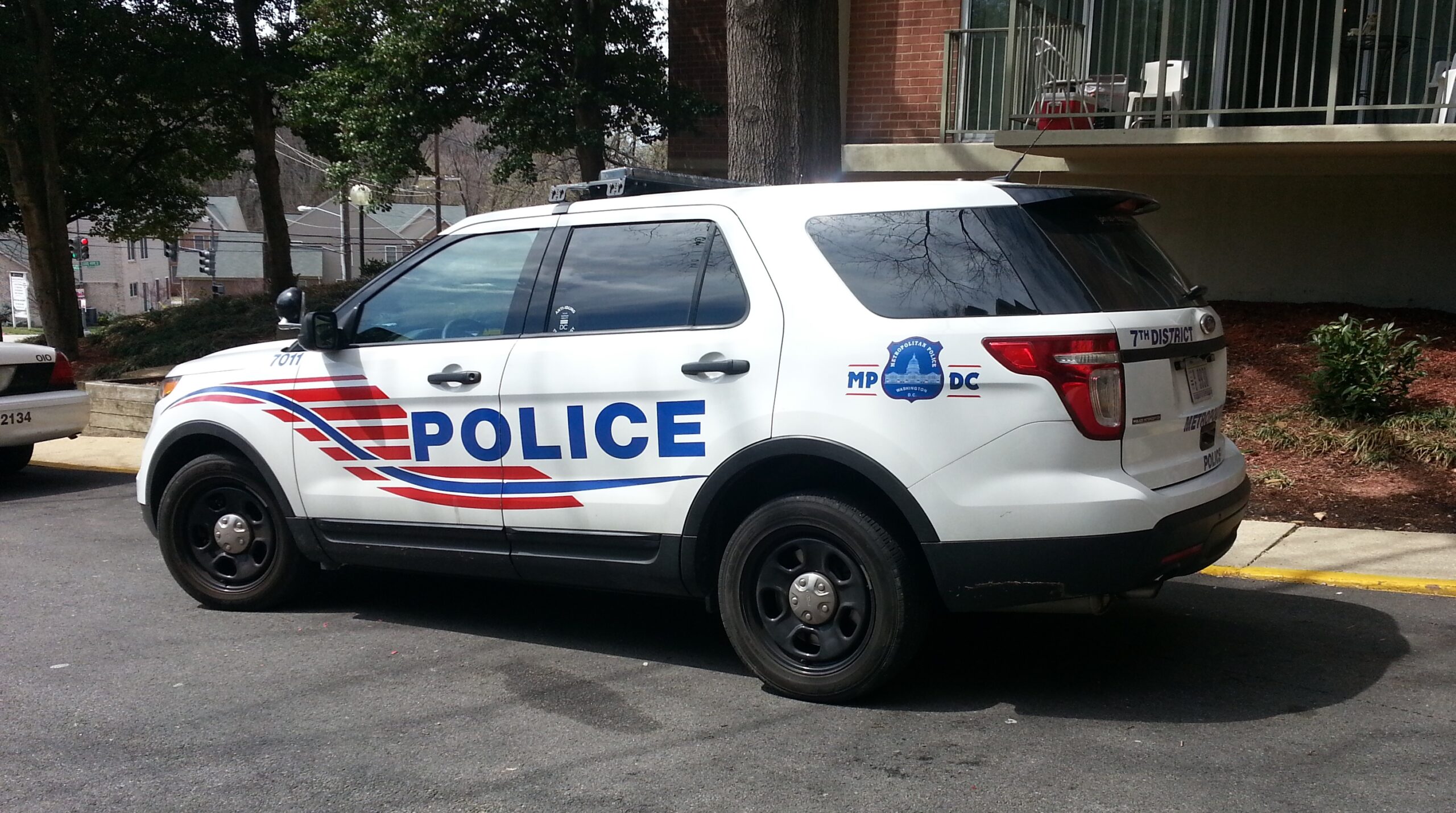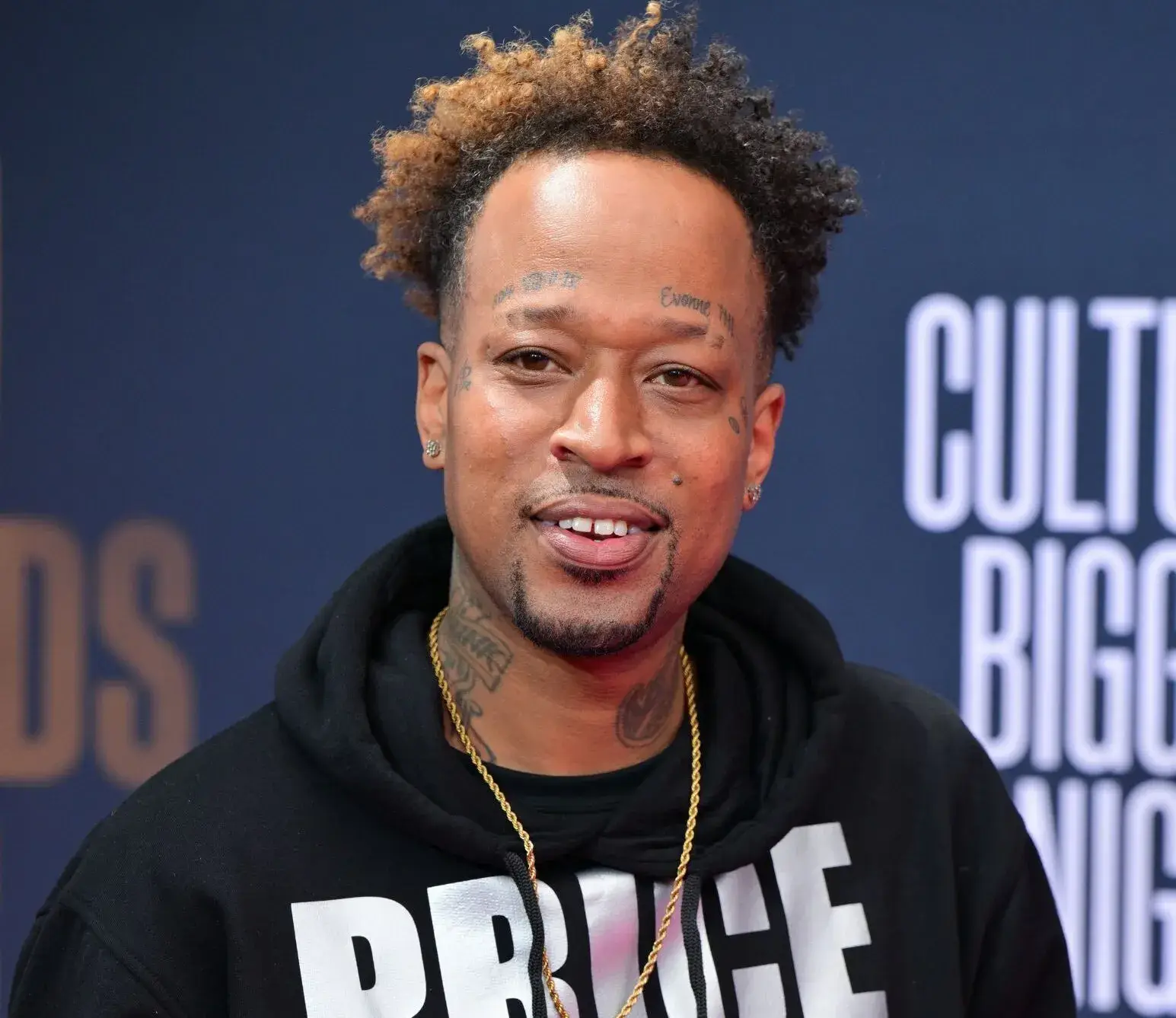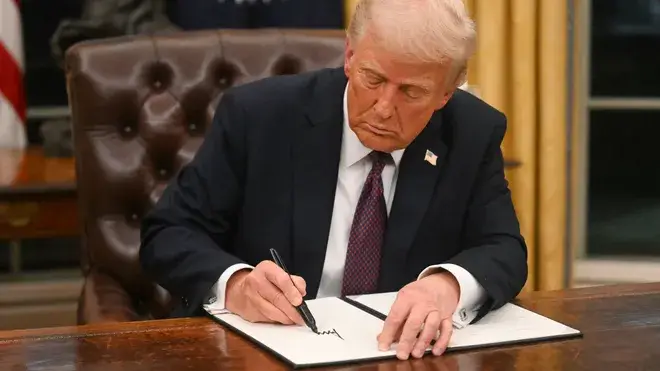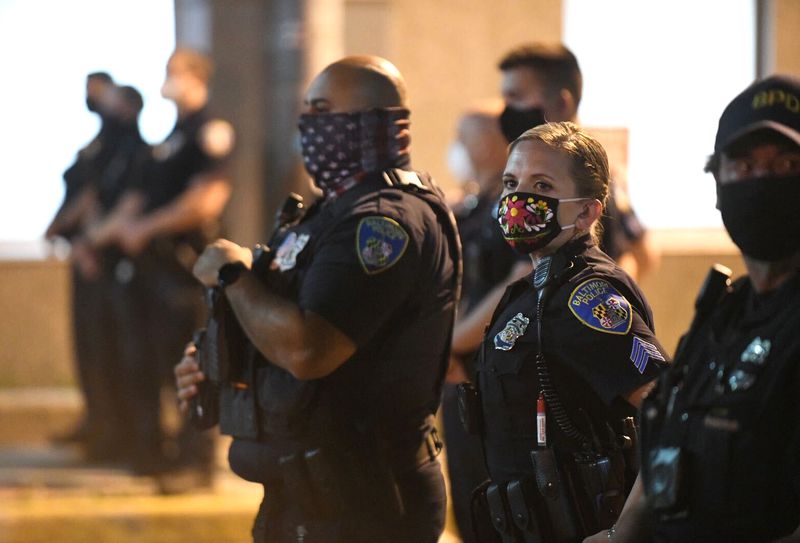
Call to ‘defund’ police in Baltimore and elsewhere raises the question: What would that look like?
For decades now, Baltimoreans have deplored a high percentage of the city budget that goes toward public safety at the detriment of other needs that could ultimately help keep down crime in the first place.
The city has faced high crime rates and calls for reform, police have said they need more resources: more officers, more training, more technology. The federal consent decree now all but requires it.
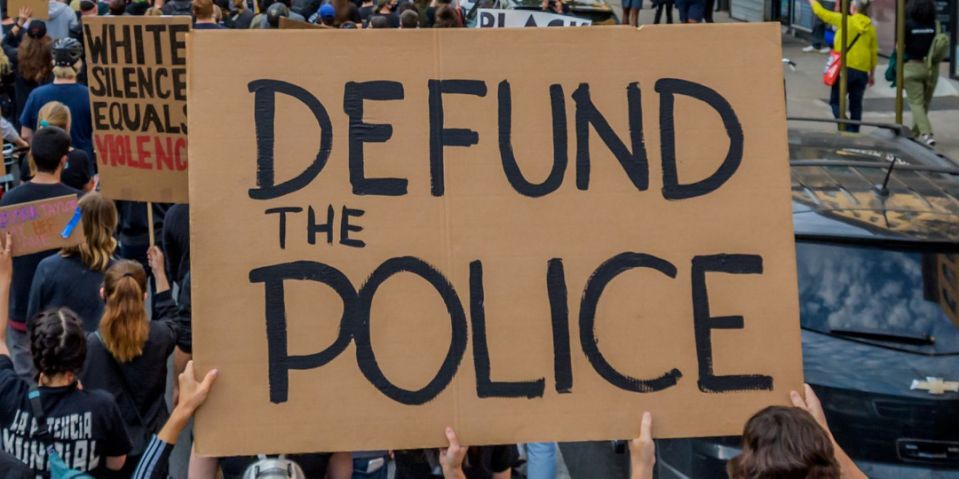 These issues are in the public spotlight and coming to ahead. Local and national calls for reform are leading to a rallying cry to “defund” police, sparking the attention of some federal and local political leaders.
These issues are in the public spotlight and coming to ahead. Local and national calls for reform are leading to a rallying cry to “defund” police, sparking the attention of some federal and local political leaders.
The calls mean different things to different people. Organizations pushing for police reform want fewer resources for police and more money for the community, such as mediation programs, increased education funding, and other preventive measures that don’t include abolishing police — not yet at least.
The People’s Power Assembly, which has organized some of the city’s most massive protests of the past two weeks, envision a city without police and instead community-led peace forces.
The group Leaders for a Beautiful Struggle has been a leading local advocacy group pushing for reform with legislators in Annapolis and envisions a scenario where police are seen as a last resort for community problem-solving.
“It is not enough just to demand that police budgets are defunded,” the group wrote on its website this week. “It is not enough to suggest that merely investing in social programs will be enough to address the violence in places like Baltimore. There needs to be viable alternatives that have the institutional infrastructure to put in place community-controlled measures of public safety.”
LBS believes infrastructure would include a buildup of “violence interrupters” programs such as Safe Streets, in which members of the community defuse conflicts. The program consists of a network of community mediators, and community-based supports that “address the traumas that play a big role in perpetuating violence in our communities.”
“When you give people, in the face of issues of safety and violence, two options — more police or less police — they’re going to choose more police,” Love said.
 Many who gathered to protest this month pointed to over-reliance on police, from officers responding to mental health distress calls to use of “militarized” units like SWAT teams.
Many who gathered to protest this month pointed to over-reliance on police, from officers responding to mental health distress calls to use of “militarized” units like SWAT teams.
Police leaders have sometimes lamented a few of those issues. Former Baltimore police commissioners Anthony Batts and Thomas Frazier have spoken openly about police being asked to take on too many societal problems for which they have not trained for or the best option.
Many who gathered to protest this month pointed to over-reliance on police, from officers responding to mental health distress calls to use of “militarized” units like SWAT teams.
